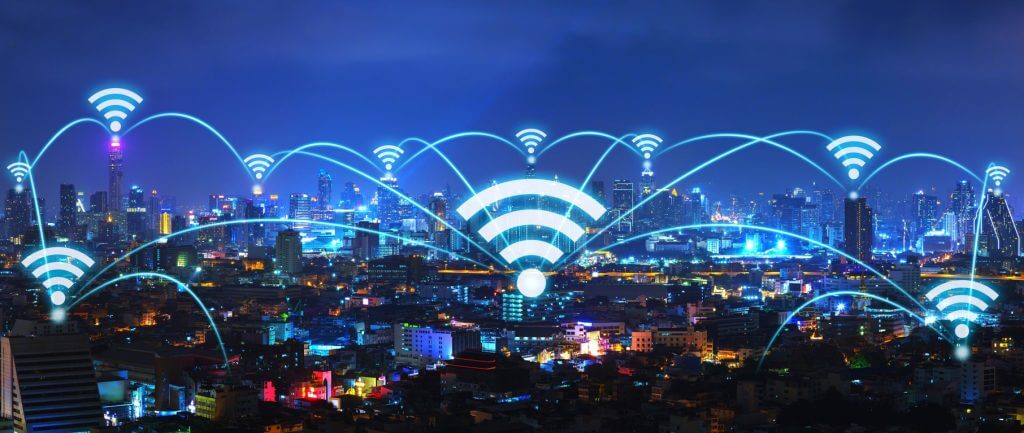How the internet works


The Internet is a network of smaller computers connected to other larger networks. As such, there is no “owner of the Internet”, nor a company that controls it alone, but rather a group of various interconnected networks.
When we connect one computer to another, or when we connect several computers to each other, we create a local network.
In this way, computers can only communicate with each other if they are interconnected.
This external access occurs when your local network connects to a larger network, the Internet provider, via TCP/IP technology, a mode of communication based on the IP (Internet Protocol) address.

This IP is the address of each of the points on a network, and each point on the network consists of a computer which, in turn, interconnects with other computers, forming a veritable “web of networks”.
Now let’s understand the path the Internet takes until it reaches our homes:
1st Backbone:
From the backbones, its signal reaches the access providers, the companies that contract the signal and distribute it to their users.
Access providers are generally companies linked to the telecommunications sector, or even telephone companies themselves, which provide Internet access through plans agreed with their users.
2nd Service provider:
This Internet data that travels over the network needs a means of transportation to users, and it is the service provider companies that are responsible for this role.
These companies receive the data from the access provider and distribute it to users by various means, whether by telephone line, optical fiber or radio (via wireless technology).
These companies must always be regulated by Anatel and can be network service providers, telephone companies and telecommunications companies.
3rd End user:
This may seem like the final step in the Internet’s journey, but it’s really not.
When it reaches the end user, the Internet signal repeats the whole path again, but in reverse. The end user also sends signals with their requests to the Internet.
The data sent by users is transported by the service provider, sent to the access provider and arrives back at the backbone.
From the backbone, the process again follows the same initial path to the next destination.